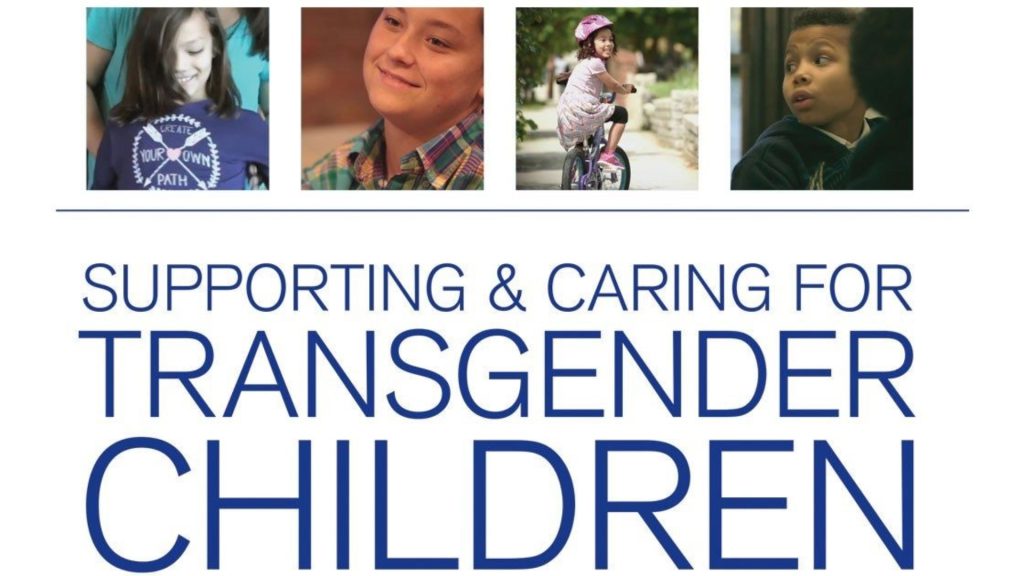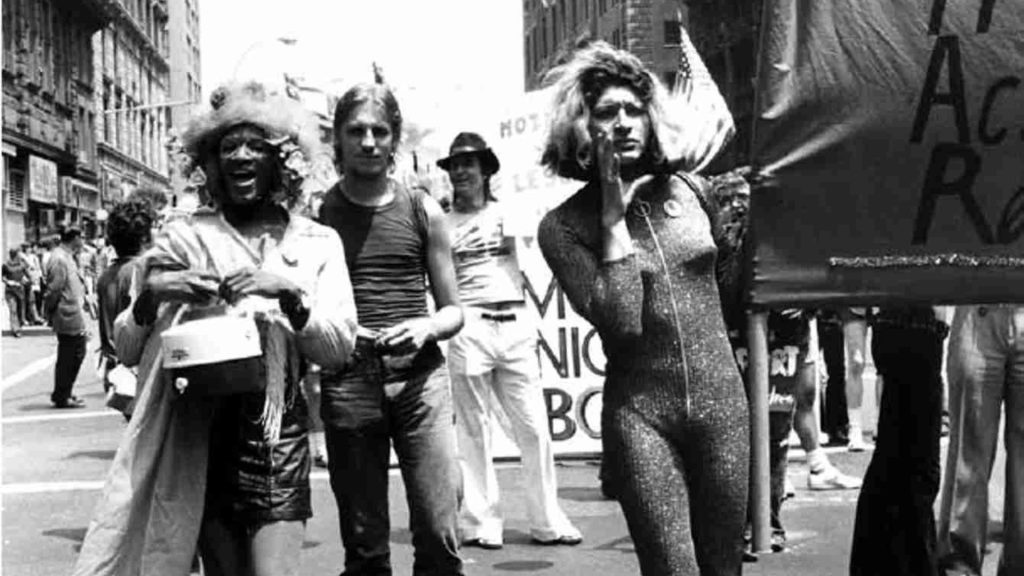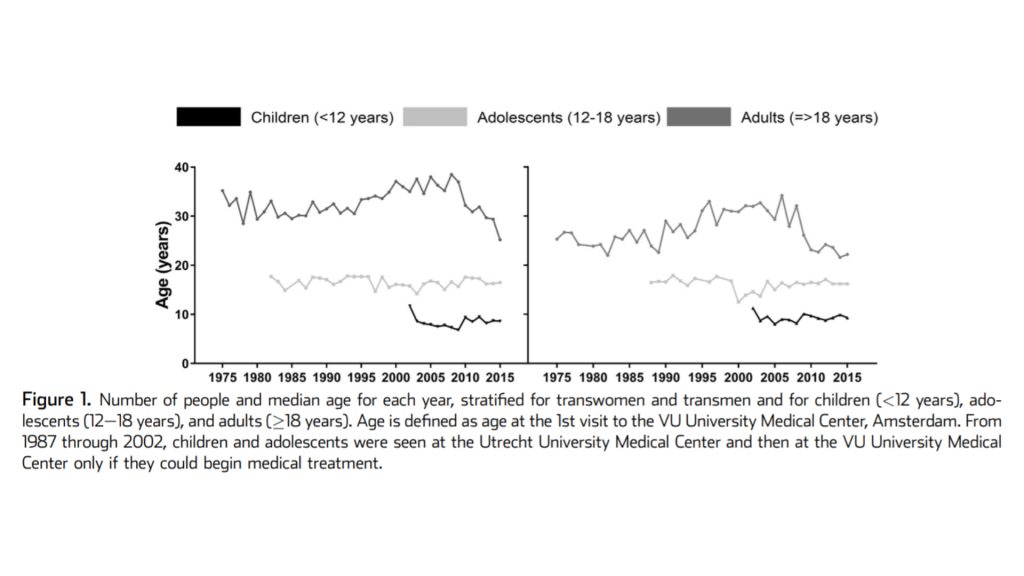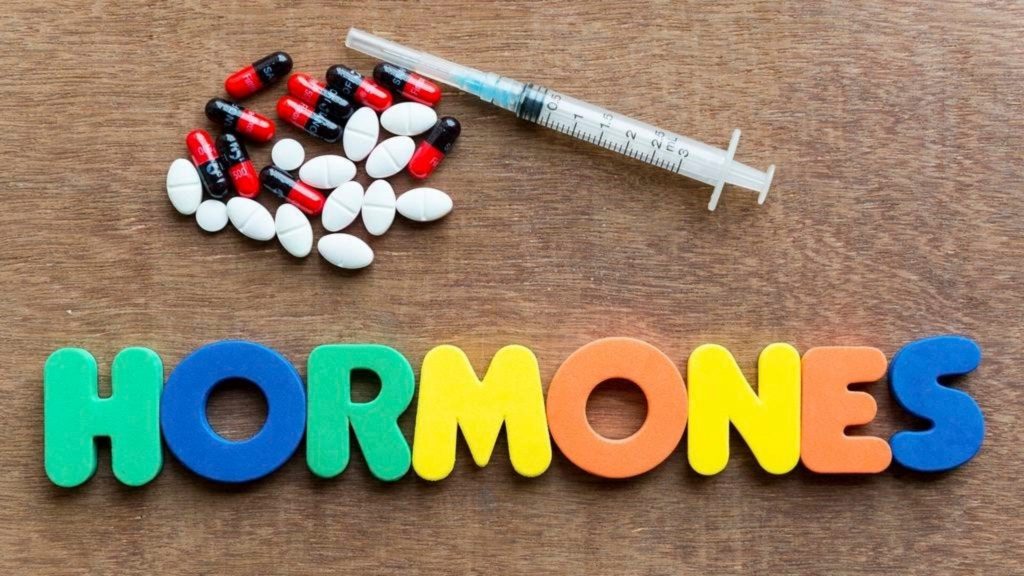Recent research coming out of the Netherlands is shining new light on the complexities of gender identity development in children and adolescents.
The research, published in Archives of Sexual Behavior, provides compelling evidence that only a small percentage of children continue experiencing gender dissatisfaction into their mid-twenties. This has significant implications for the growing trend of gender transition surgeries being performed on minors.
New Longitudinal Study Questions Child Gender Transition
The research found that 78% of participants experienced no gender dissatisfaction. 19% saw decreased dissatisfaction over time, while only 2% reported increased dissatisfaction.

Permanent physical alterations like hormones and surgeries pose risks that can’t be undone if gender feelings change. Strict guidelines are needed to limit irreversible treatments for minors.
Conservative Concerns
Some conservatives argue this study confirms skepticism about facilitating childhood gender transitions. Patrick Brown of the Ethics and Public Policy Center said, “This study provides even more reason to be skeptical towards aggressive steps to facilitate gender transition in childhood and adolescence.”

He argued that for most, “prudence and caution, rather than a rush towards permanent surgeries or hormone therapies, will be the best approach for teenagers struggling to make sense of the world and their place in it.”
Ongoing Debate
This research comes as more US children receive medical interventions to transition gender. The implications intensify an ongoing debate about treatment for transgender youth.

While some see medical intervention as lifesaving, others view it as harmful or unnecessary for those still developing a sense of identity. Additional research on child development and gender is needed to determine best practices.
Research Finds Most Gender Dysphoria Resolves by Adulthood
The study, published in Archives of Sexual Behavior, followed more than 2,700 individuals from preteen years into their mid-twenties.

Over 15 years, researchers periodically surveyed participants about their gender identity feelings, finding a notable decline in dissatisfaction as they grew up.
Change of Mind By Age 25
Initially, around 11% of children expressed some form of gender discontent. However, by age 25, only 4% still felt this way, showing that these feelings often resolve during maturation.

The Tracking Adolescents’ Individual Lives Survey studied 2,772 people to explore gender dissatisfaction, defined as unhappiness with the assigned birth gender, and connections to self-image, mental health, and sexual orientation.
History of The LGBTQ Movement
In the 1950s, the Mattachine Society and the Daughters of Bilitis became two of the first major LGBTQ organizations in the U.S., raising awareness of the challenges faced by gay and lesbian people.

The Stonewall Riots of 1969 marked a pivotal moment that catalyzed the modern LGBTQ rights movement. When police raided the Stonewall Inn, a popular gay bar in New York City, patrons fought back, leading to days of protest.
Fighting Discrimination and Demanding Recognition and Rights
Activists campaigned to remove homosexuality from the American Psychiatric Association’s list of mental illnesses and passed laws prohibiting discrimination based on sexual orientation.

The AIDS epidemic of the 1980s and 1990s spurred further action as activists fought for research funding and policies to address the health crisis.
Multiple Wins For The LGBTQ Movement
By the 2000s and 2010s, the LGBTQ movement achieved several hard-fought victories. The U.S. Supreme Court struck down laws prohibiting same-sex relationships and marriage.

However, discrimination and barriers to equality persist. The movement continues campaigning for laws banning discrimination in employment, public accommodations, and medical care.
The History of The Transgender Movement and Transgender Children
For centuries, some cultures have recognized the concept of a “third gender” for those who did not fit into the typical gender binary.

The first known gender reassignment surgery took place in Germany in the 1930s. In the 1950s and 1960s, doctors began performing “sex change” operations with increasing frequency.
When Did The Transgender Movement Join The LGBTQ Movement
The transgender movement joined the broader LGBTQ movement in the 1970s and 1980s. Up until that point, the gay rights and transgender rights movements had operated mostly separately.

While the histories of the gay and transgender movements are distinct, they also share many parallels. Bringing the two movements into a broader LGBTQ coalition has helped amplify both causes and build strength in numbers.
The Rise of the Trans Rights Movement
The transgender rights movement began gaining momentum in the 1970s. Activists fought for legal protections and against pathologization by medical and psychiatric institutions.

The 21st century has seen significant strides in transgender rights and recognition. More children can now socially and medically transition at younger ages with the support of their families and doctors.
Wait-and-See Approach
The study suggests a “wait-and-see” approach may be most prudent for kids with gender dysphoria. Rather than rushing into hormone therapy or surgery, adopting a cautious stance allows a child’s gender identity to unfold and solidify during adolescence and young adulthood.

The researchers found that 78% of participants experienced no change in gender dissatisfaction over 15 years, while 19% saw a decrease. Only 2% exhibited an increase.
Risks of Early Transition
While some children require medical support, more research is needed to determine appropriate criteria and guidelines. Irreversible physical changes and life-long hormone dependence are serious considerations, especially for minors.

Critics argue that minors are not capable of providing fully informed consent for such impactful procedures. They posit that transition may do more harm than good for kids whose gender dysphoria would have otherwise resolved naturally over time.
Study Methodology and Key Findings
The study utilized data from the Tracking Adolescents’ Individual Lives Survey (TRAILS), an ongoing research project launched in 2001 to explore mental health and social development in individuals from early adolescence into young adulthood.

Participants were surveyed at multiple points, starting at ages 11 and 12 and again at ages 19 and 25. Researchers evaluated responses related to gender identity and dissatisfaction to determine how feelings changed over time.
Key Findings in the Netherlands Study
The study’s findings highlight three distinct trajectories for gender identity development. Most participants (78%) reported no feelings of gender dissatisfaction.

However, 19% indicated decreasing dissatisfaction over time, while 2% showed increasing dissatisfaction into young adulthood. Females were more likely to report gender dissatisfaction, which was also linked to poorer self-esteem and higher rates of emotional and conduct problems.
Reaction From Transgender Advocates and Critics
Transgender advocates argue that the research does not account for the mental health benefits of gender transition for those who continue to experience gender dysphoria into adulthood.

“For the minority of trans youth who need it, medical intervention can be lifesaving,” said Rachel Percelay of the Transgender Law Center. However, critics point out that the findings highlight the risks of premature medical intervention for children and the need for stricter guidelines.
Exercise Extreme Caution When It Comes to Transitioning Minors
“This evidence suggests we should exercise extreme caution before facilitating medical transition among minors,” said Dr. Paul Hruz, a pediatric endocrinologist. Hruz emphasized that most children with gender dysphoria will overcome these feelings naturally by adulthood if given proper counseling and support.

“Rather than immediately proceeding to hormonal and surgical interventions, helping children feel comfortable with their biological sex may be a preferable approach for many,” he said.
Study Authors Acknowledge The Study Does Have Limitations
The authors acknowledge the study’s limitations, including the uncertainty of whether participants were representative of the general population and the possibility of response bias.

However, they maintain that the results provide valuable insight into the developmental course of gender identity in children and adolescents.
The findings suggest that gender dysphoria in children and adolescents may be more transient than previously thought and highlight the need to consider alternative treatment approaches, such as counseling, before pursuing medical intervention.
A Need To Take A Pause With Minors Seeking Transitioning
“This research should give pause to reckless practitioners who are too quick to prescribe irreversible treatments to minors dealing with issues of gender identity,” wrote Michelle Cretella, executive director of the American College of Pediatricians.

Cretella called for an end to “unscientific gender ideology” that promotes medical intervention for children. In contrast, advocates argue that treatment should remain patient-centered. “For trans youth, the most important thing is that they have autonomy and self-determination over their own bodies and health care,” Percelay said.
Alternatives to Medical Interventions for Gender Dysphoric Youth
Medical intervention for children and teenagers with gender dysphoria has become increasingly controversial, especially in light of new research indicating these feelings may subside over time.

As an alternative to hormone therapy and gender reassignment surgery, some experts recommend a “watchful waiting” approach for youth. This involves ongoing counseling and mental health support without medical intervention.
Counseling and Therapy Before Medical Intervention
For many gender dysphoric youth, counseling and therapy can help address underlying issues contributing to distress over their gender identity and provide coping strategies to manage these feelings.

Both individual and family counseling are effective for some children. Counseling may explore how societal gender expectations influence a child’s views of themselves and address anxiety, depression, or trauma that could exacerbate feelings of gender dysphoria.
Social Transitioning as An Alternative
Some families find that allowing a child to socially transition to their preferred gender through a change in hairstyle, clothing, and name can help alleviate distress.

This approach allows a child to explore their gender identity before pursuing medical intervention. Social transitioning is considered a reversible approach, unlike hormone therapy or surgery.
Gender Dissatisfaction Declines into Adulthood
This extensive research provides compelling evidence that gender transition surgeries should not be rushed into for children and teenagers struggling with gender identity issues.

As the study shows, feelings of gender dissatisfaction naturally decline for most individuals as they mature into adulthood. With up to 80% of children resolving their gender uncertainty in the long run, these findings emphasize the need for extreme care when considering permanent medical procedures for minors.
Protecting Children Should Be A Priority
For youth navigating complex gender feelings, evidence-based guidelines must be implemented to avoid irreversible physical changes that most grow to regret.

This research delivers a sobering reality check on the spiking popularity of childhood gender transitions. Medical interventions come with permanent, life-altering consequences that this study proves are unnecessary for the large majority questioning their gender.






